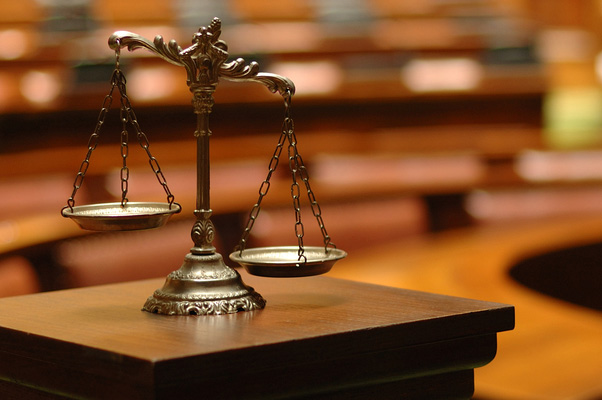
Dr. Court Sandau to give Guest Lecture at Chaminade University of Honolulu
- Date: January 23, 2020
- Location: Chaminade University of Honolulu + Google Map
Dr. Court Sandau will be presenting on Wildfires, ILRs, and Canine Detection at Chaminade University of Honolulu, on January 23, 2020. This guest lecture will be presented to 3rd and 4th year students as part of their Forensic Chemistry course.
Abstract
Wildfire frequency, severity and damages are increasing as climate change causes earlier snow melts and overall drier conditions. Forest fire can be caused by natural through lightning strikes, but the majority of wildfires are caused by humans. Of the 1200 wildfires reported in Alberta each year, over half are human caused. It is the job of a fire investigator to gather evidence at wildfires to determine the origin and causes of the wildfire. Roles of the investigator may include fire scene examination through to delivering court room evidence.
Fire investigations require the highest quality in sampling, legal chain of custody & sample handling, and testing & interpretation of ignitable liquid residues (ILRs). This role can be ideally filled by a chemist/scientist who has an in depth understanding of how all facets of a field program and how the analysis of samples can impact the interpretation and results. Ultimately, prosecution will depend on reliable ILR results and relaying these results to the fire investigators.
Dr. Sandau, and his team at Chemistry Matters, are one of Canada’s leading resources for wildfire arson investigation and have led investigations for some of the largest wildfires in North America. This presentation will explore the chemistry behind wildfire investigations. The chemistry starts from the field work and sampling with the use of canine detection units. It is then carried forward to the instrumentation used for laboratory analysis which is used for the interpretation and ending in testifying in a courtroom setting. This presentation will examine the evolution of our detection systems that allow us to measure molecules at the lowest levels and use their patterns to chemically fingerprint the ignitable liquid residues and other products used which provides valuable cutting edge evidence for potential convictions.

 Provides expert support to projects involving litigious or contentious subjects. These expert witness services are founded on chemistry principles and proper application of scientific methods.
Provides expert support to projects involving litigious or contentious subjects. These expert witness services are founded on chemistry principles and proper application of scientific methods.